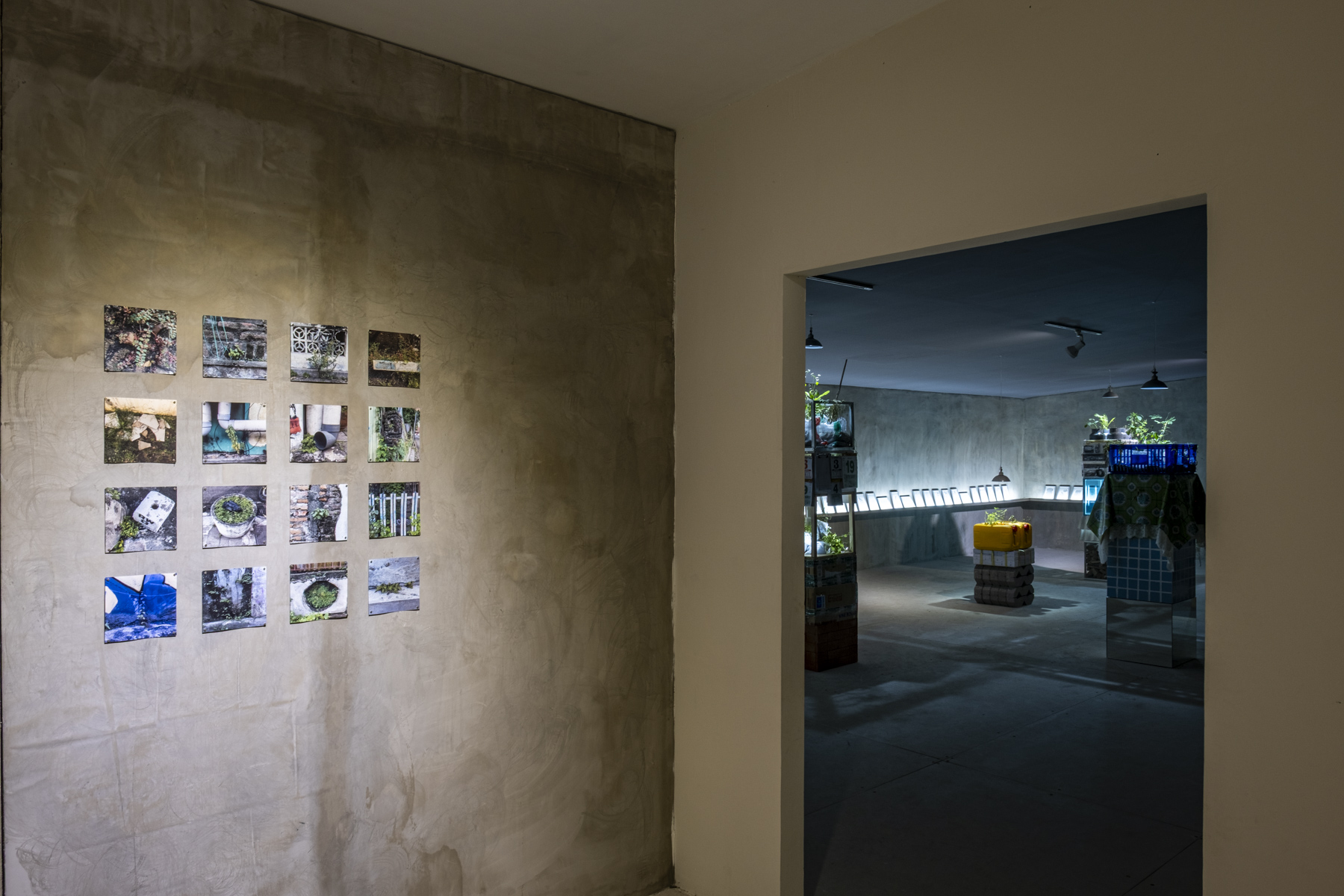
CRUX ANÔNUMOS
2017–2025| installation of pioneer plants, objects with mixed media, pen and pencil drawings on paper
60 pieces, each 14.8 x 21 cm

CRUX ANÔNUMOS
2017–2025| installation of pioneer plants, objects with mixed media, pen and pencil drawings on paper
60 pieces, each 14.8 x 21 cm

CRUX ANÔNUMOS
2017–2025| installation of pioneer plants, objects with mixed media, pen and pencil drawings on paper
60 pieces, each 14.8 x 21 cm
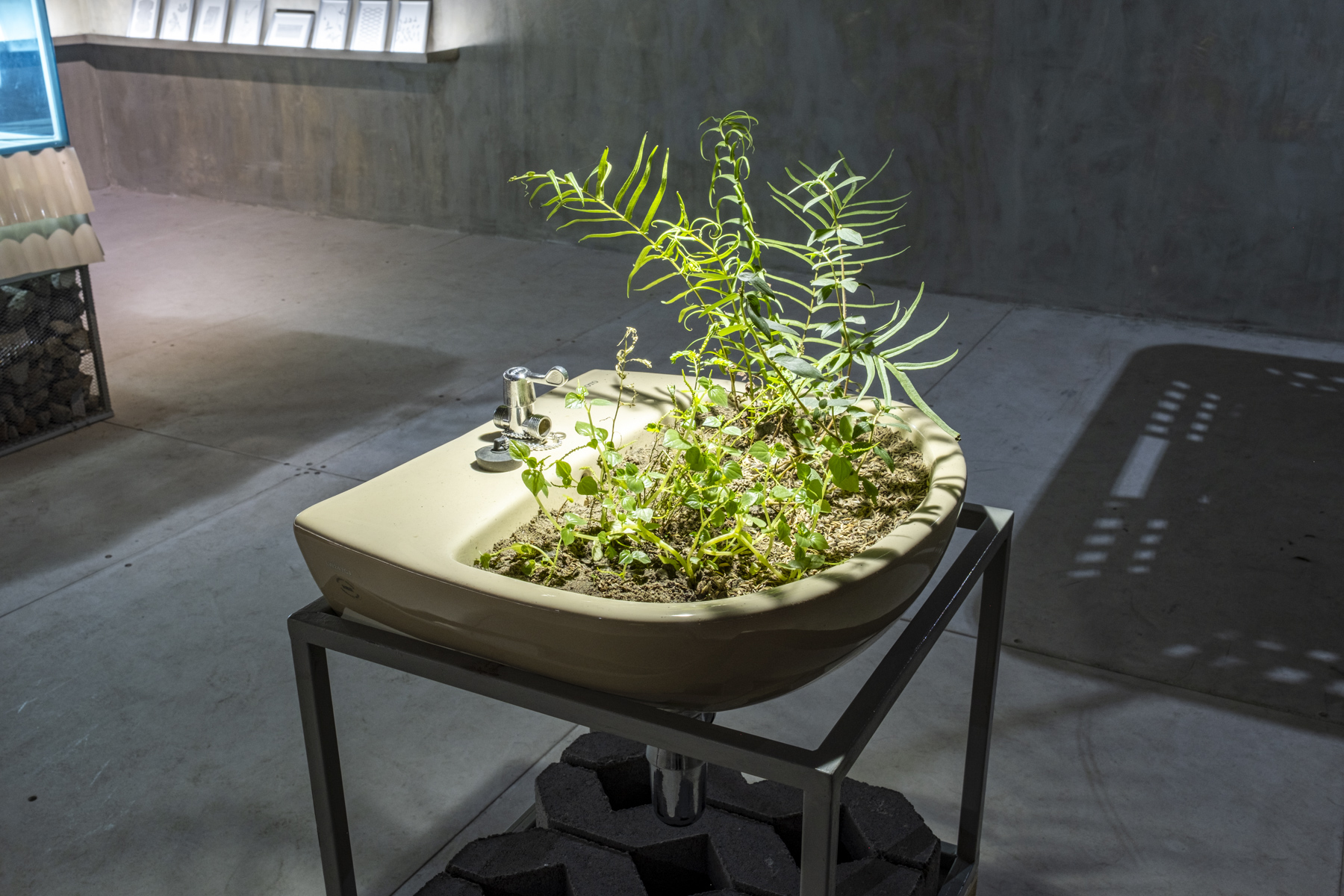
CRUX ANÔNUMOS
2017–2025| installation of pioneer plants, objects with mixed media, pen and pencil drawings on paper
60 pieces, each 14.8 x 21 cm
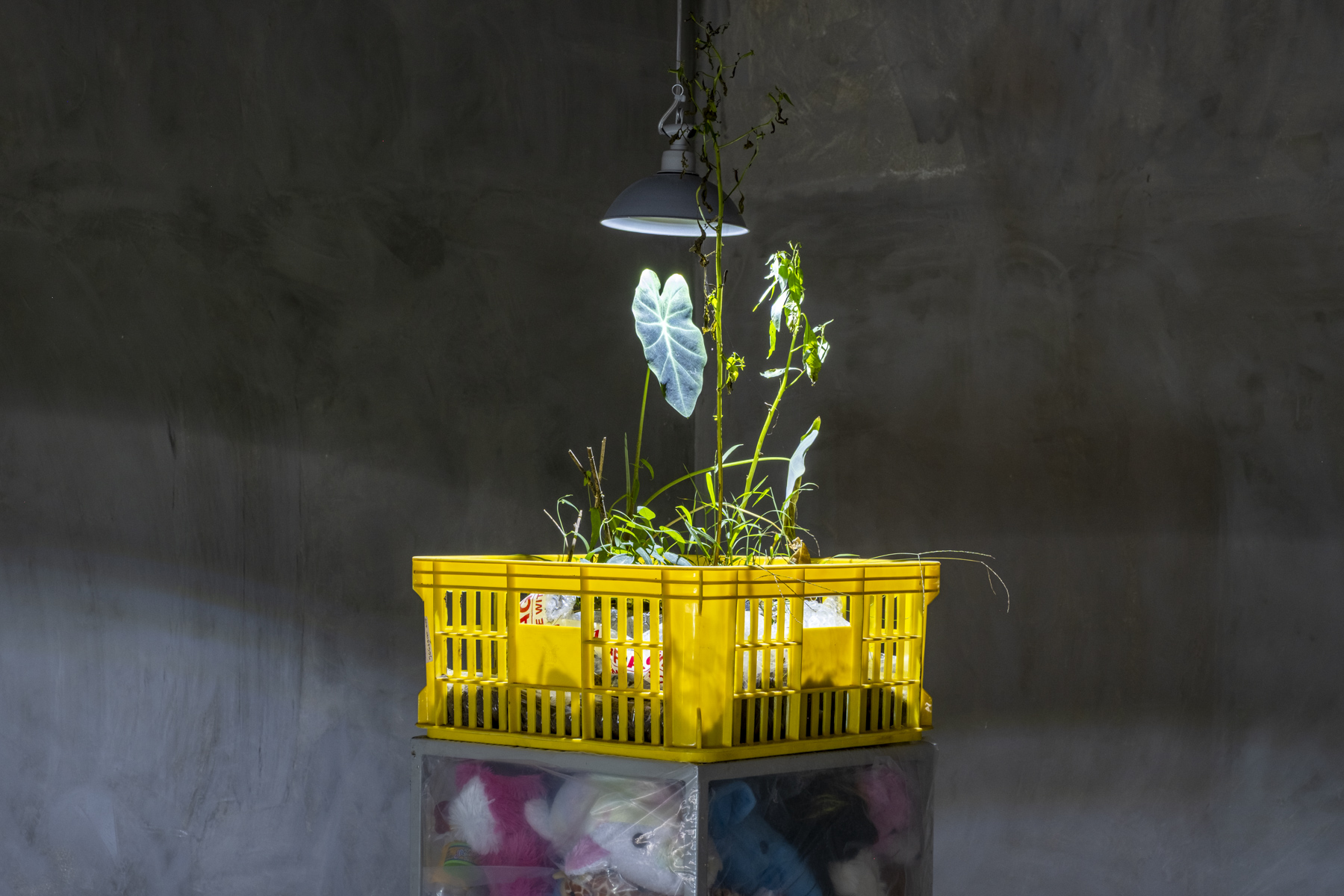
CRUX ANÔNUMOS
2017–2025| installation of pioneer plants, objects with mixed media, pen and pencil drawings on paper
60 pieces, each 14.8 x 21 cm

CRUX ANÔNUMOS
2017–2025| installation of pioneer plants, objects with mixed media, pen and pencil drawings on paper
60 pieces, each 14.8 x 21 cm
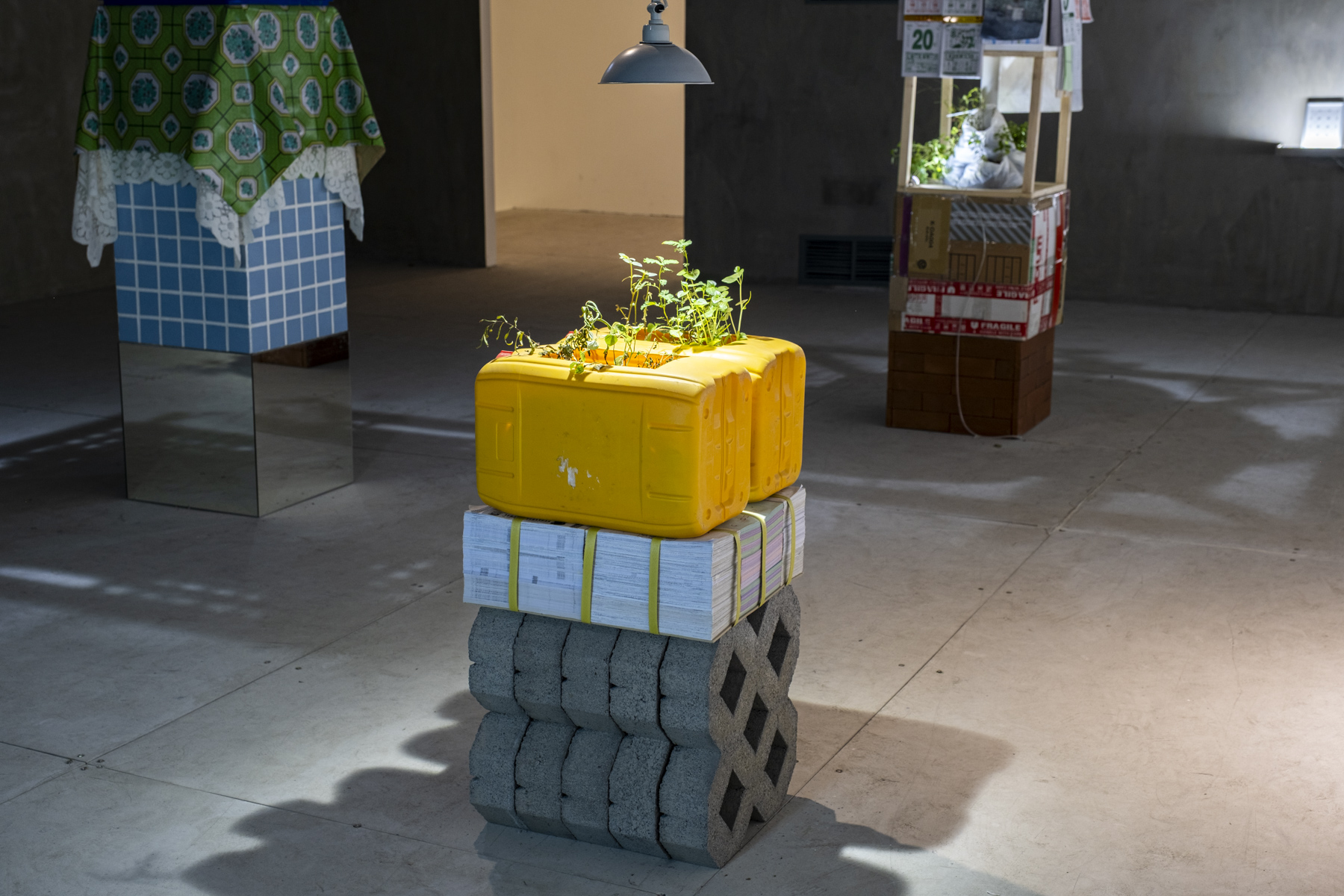
CRUX ANÔNUMOS
2017–2025| installation of pioneer plants, objects with mixed media, pen and pencil drawings on paper
60 pieces, each 14.8 x 21 cm

CRUX ANÔNUMOS
2017–2025| installation of pioneer plants, objects with mixed media, pen and pencil drawings on paper
60 pieces, each 14.8 x 21 cm
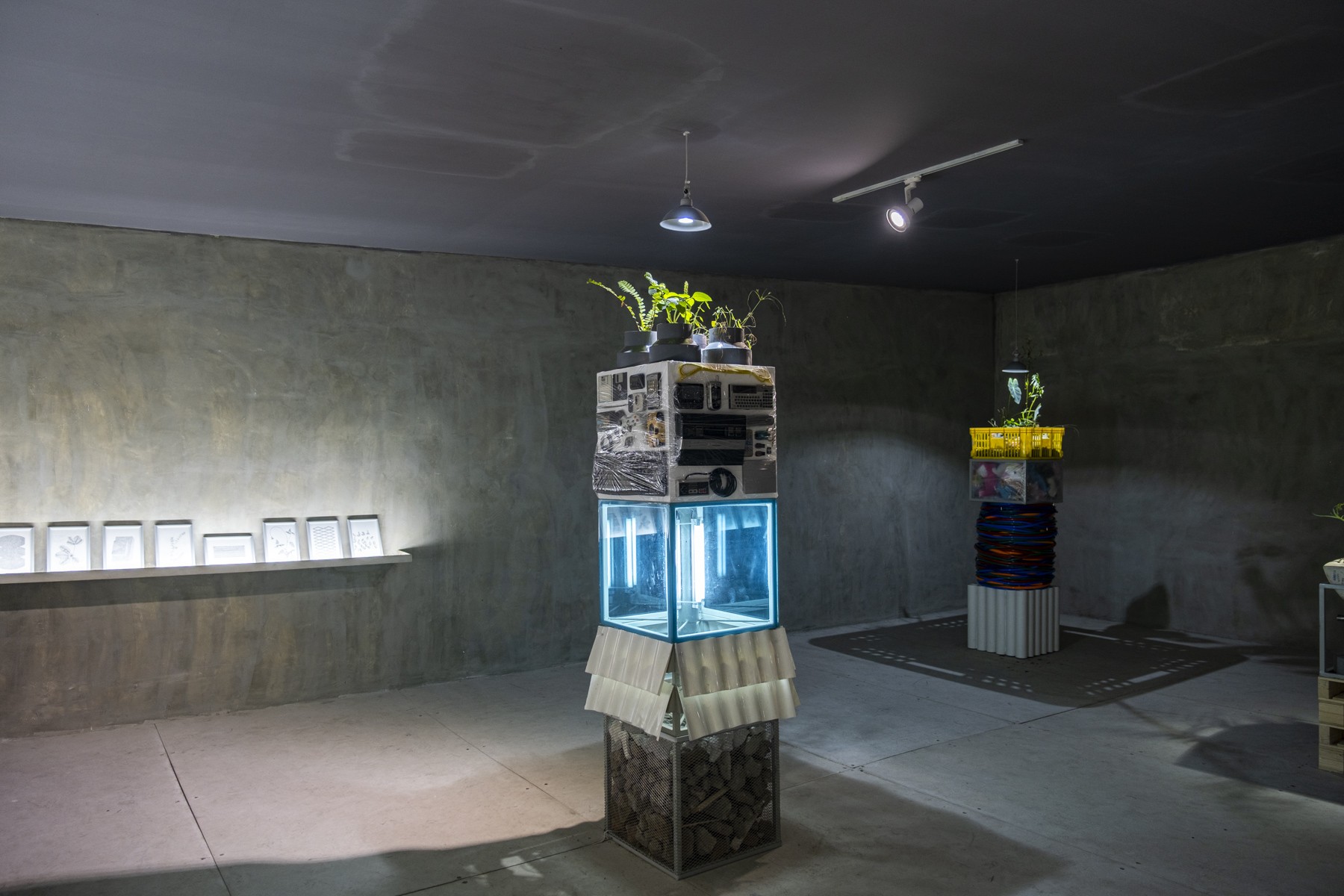
CRUX ANÔNUMOS
2017–2025| installation of pioneer plants, objects with mixed media, pen and pencil drawings on paper
60 pieces, each 14.8 x 21 cm

CRUX ANÔNUMOS
2017–2025| installation of pioneer plants, objects with mixed media, pen and pencil drawings on paper
60 pieces, each 14.8 x 21 cm
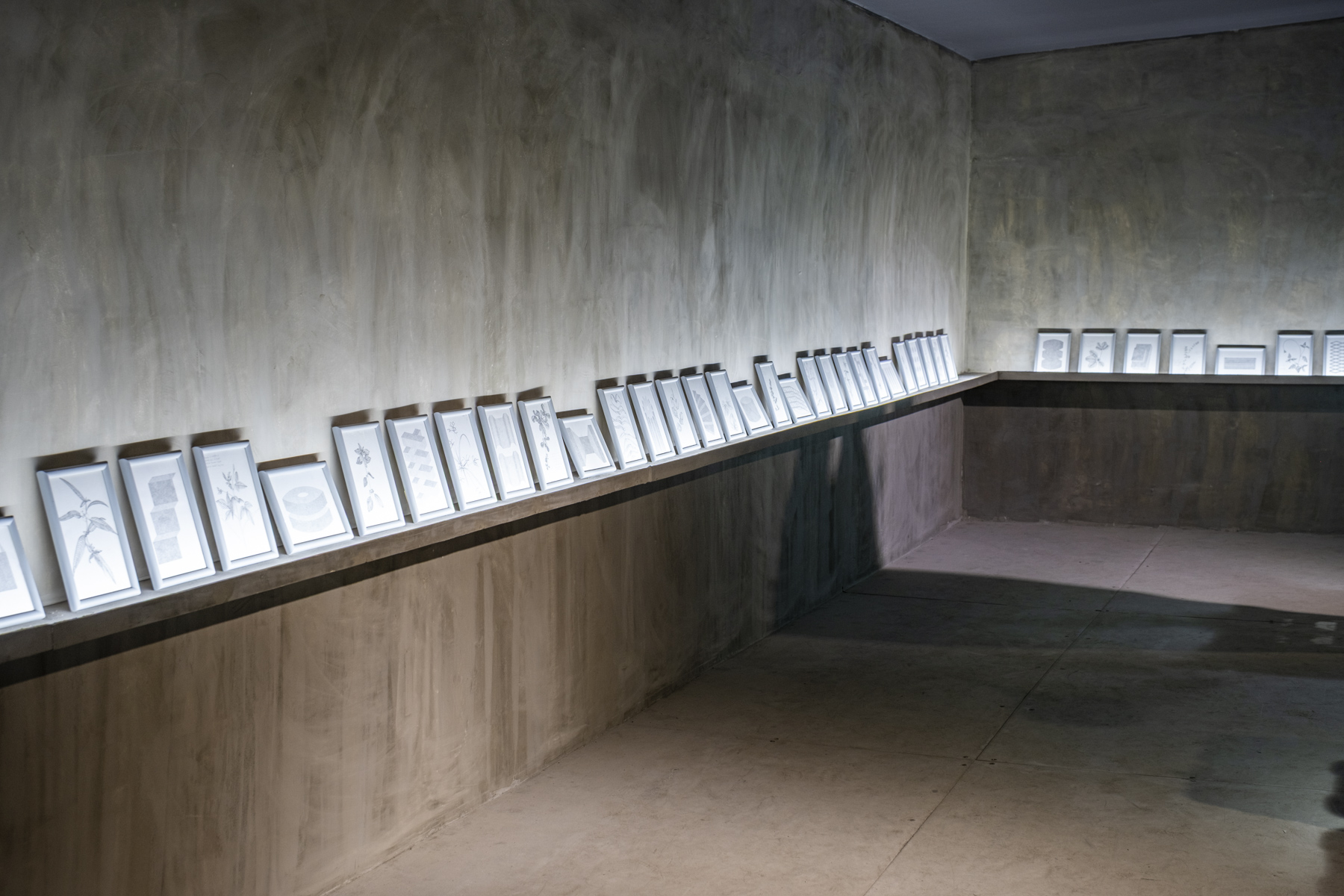
CRUX ANÔNUMOS
2017–2025| installation of pioneer plants, objects with mixed media, pen and pencil drawings on paper
60 pieces, each 14.8 x 21 cm
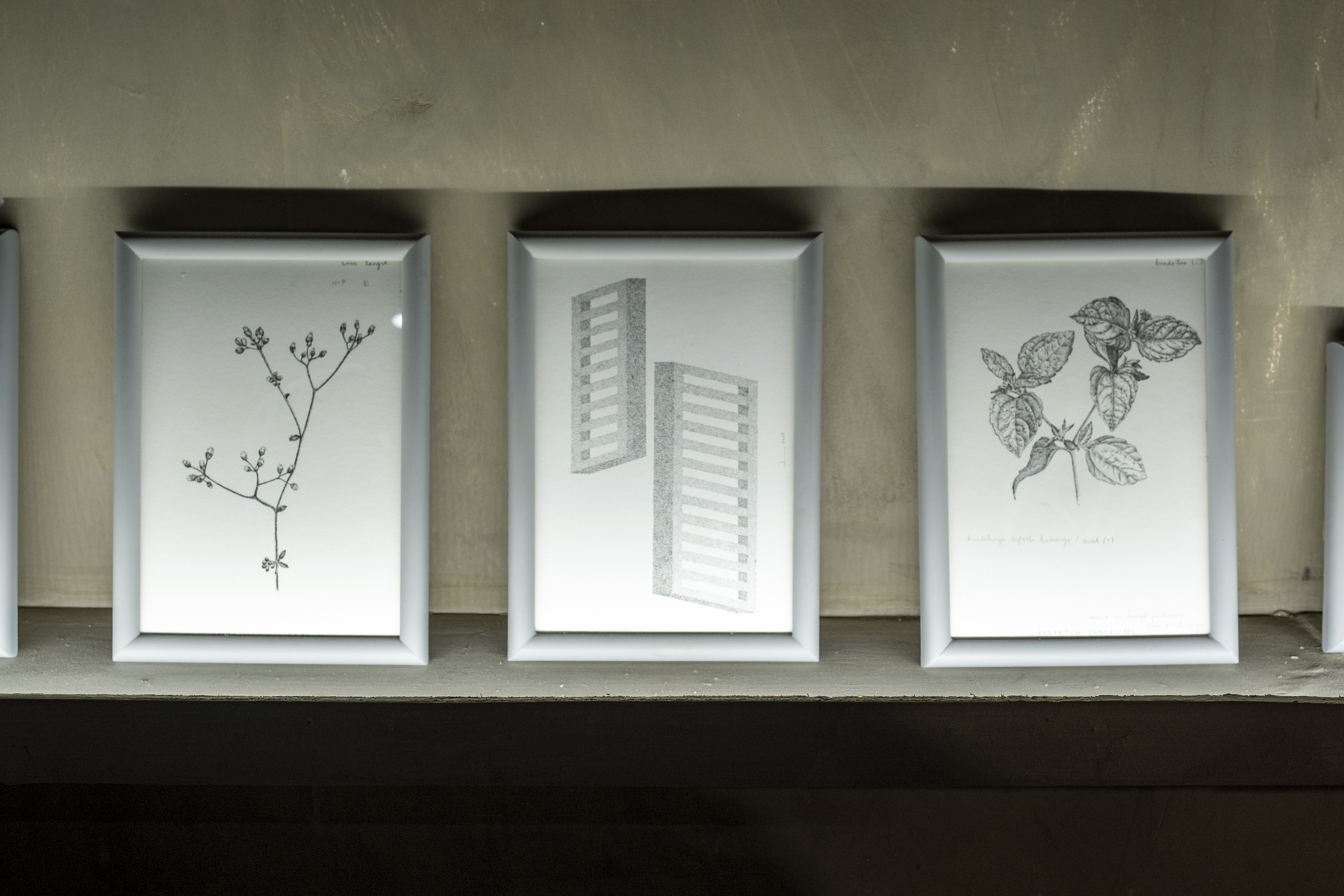
CRUX ANÔNUMOS
2017–2025| installation of pioneer plants, objects with mixed media, pen and pencil drawings on paper
60 pieces, each 14.8 x 21 cm
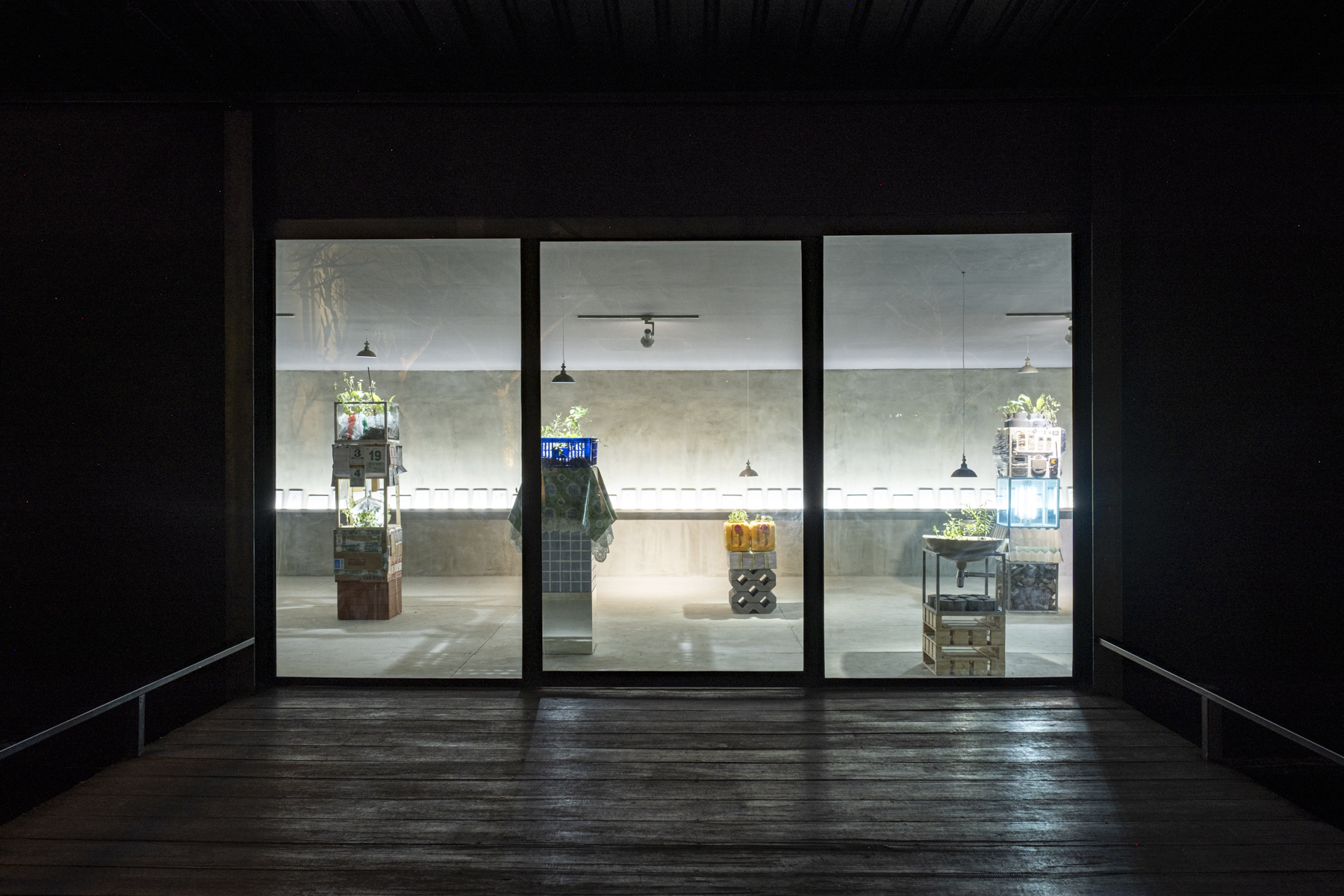
CRUX ANÔNUMOS
2017–2025| installation of pioneer plants, objects with mixed media, pen and pencil drawings on paper
60 pieces, each 14.8 x 21 cm
